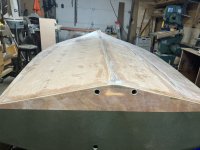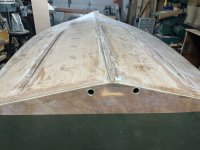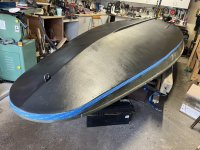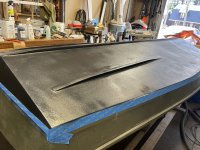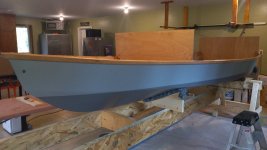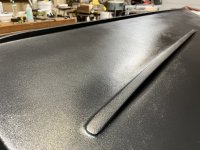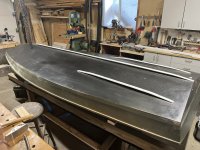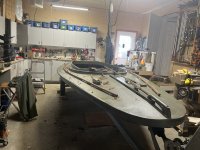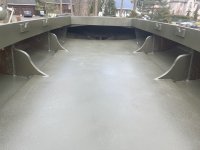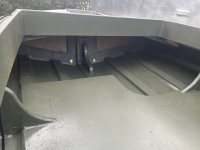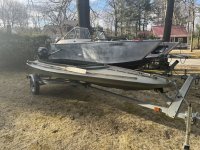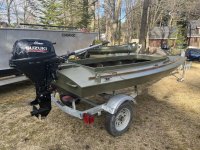I'm planning to roll and tip, I think.But several weeks away from that so plenty of time to think on it.
Yes, I understand that the primer is slick, too. Since I'm building bottom-up and will paint the bottom before flipping, I'd asked WL whether there was a tape that would stick to either primer or paint (planning to paint above the waterline later, when painting the deck). They said no on both counts. Which got me thinking, if it's that slick, I just won't worry about it at all and paint right to it and wipe off any overage. If it doesn't work, who cares? It's a duck boat and ideally wouldn't have any visible straight lines anyway.

